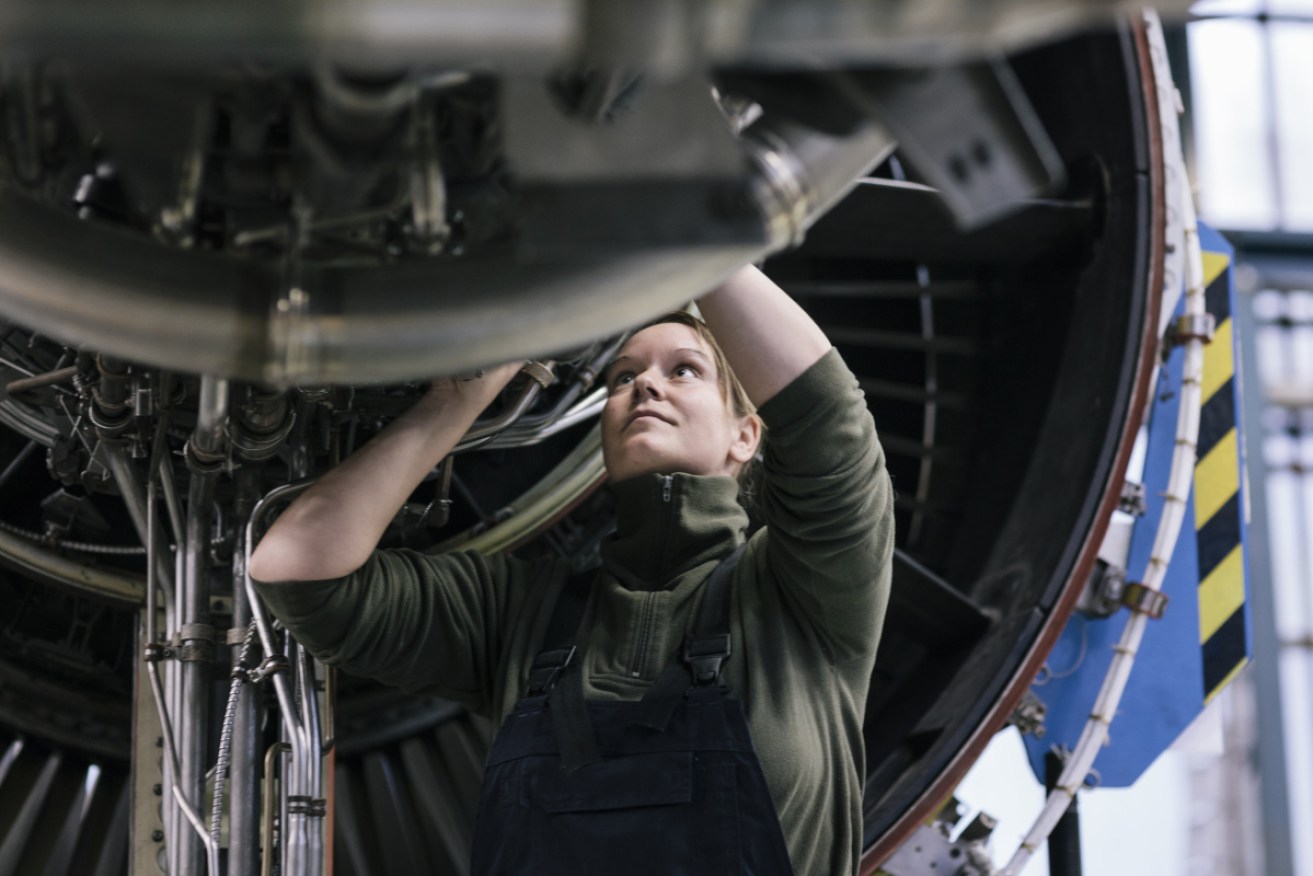Why awarding ‘gender points’ to women in engineering will do more harm than good

Sure, there are less women in STEM careers. But that doesn't mean lowering the university intake bar for females is the answer.
Students from all around the country will soon be filtering in to university campuses to start the academic year.
In one Sydney university degree program, the new intake will be notably different to the previous.
Piloting a new and provocative change to the admissions process, the University of Technology Sydney has made the controversial decision to offer 10 adjustment points to the ATAR of women applying for undergraduate degrees in the Faculty of Engineering and IT.
It’s the first Australian university to instate such an adjustment scheme on the basis of gender.
It is an ongoing concern that STEM fields and many of the identified “growth jobs” of the next decade are concurrently those with the greatest gender asymmetry (about 14 per cent of professional engineers are women, roughly the same for physics and a meagre 5 per cent in computer science and technology).
The story as to why is complex and multi-faceted.
It is a narrative that spans early childhood development, cultural and societal influences, conscious and unconscious bias, spatial reasoning studies and other cognitive variances.
It is admirable that UTS is testing new approaches to address the gender imbalance, however, artificially adjusting the scales has the potential to do more harm than good, for men and women.
Not far down the road, at the University of NSW, is the office of quantum physicist and 2018 Australian of the Year, Dr Michelle Simmons.
At the 2018 award ceremony, Dr Simmons’ acceptance speech included praise for the Australian research landscape, the exciting potential of science for society, and – since physicist in a skirt was effectively synonymous with elephant in the room – inevitably touched on the issue of gender imbalance in physics.
Although stating “Women think differently and that diversity is invaluable to technological and research development”, she also asserted the stance that she “is not a fan of quotas”.
UTS director of Women in Engineering and IT Arti Agrawal has defended the move by saying it is about sending the message to women they are welcome in the field.
Dr Agrawal said it is the same kind of equity schemes applied to students who encounter disadvantage or illness.
Does this not send the message to women, rather, that being an engineer with a second X-chromosome is equivalent to being disadvantaged or ill?
This outright lowering of the bar risks many damaging consequences: The perception of even the highest-achieving female students will be degraded, imposter syndrome will become endemic, and the contagion of the hyper-political correctness movement seen in social science departments of US colleges will have arguably reached the shores of Australia and classrooms of the physical sciences.
Worst of all, it has the potential to create a dangerous gender divide, counter to the efforts for equality, cohesion and true feminism.
Alternative suggestions for admissions could include adding a supplementary assessment piece, as seen in some other degree programs.
Perhaps an interview, an essay, or a ‘problem-solving challenge’, which enables applicants to showcase legitimate and value-adding diversity of perspective, experience or thought.
Beyond this, “step-change” interventions are better channelled into early childhood education, not tertiary, where one can only treat the symptoms, not the cause.
There is a strong argument to be made for focus to be shifted away from equal representation, and toward equal value and equal expectation.
In terms of diversity of thought, it only really takes one individual, male or female, to present an alternative view, provided that view is heard clearly and is valued.
Accepting women at a lower entrance score could undermine that view, for all women.
Creating an inclusive workplace and culture relies far more on seeing women as equal, not seeing women in equal numbers.
Studies show that having visible role models is important, especially for girls.
Showcasing the experiences and achievements of women doing well in the industry, will do more to attract female applicants, than seeing more women enter, to go on to encounter a more difficult experience.
Having a highly deserving female quantum physicist recognised as Australian of the Year gives every Australian woman a greater boost than 10 ATAR points ever can.
Heather Muir graduated as Valedictorian of Engineering at the University of Queensland in 2016, and is completing her PhD in Computational Physics at The University of Cambridge, on a General Sir John Monash Scholarship








